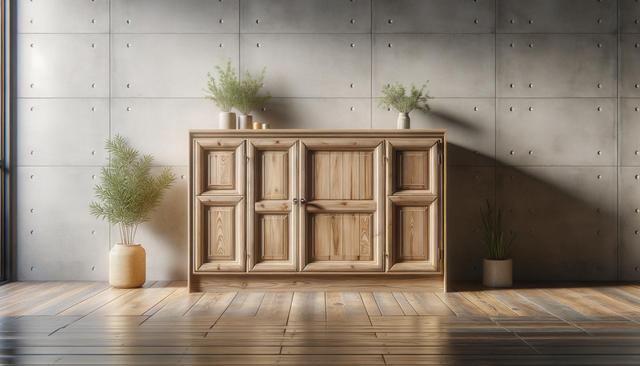
Pressure Cooking 101: Fast and Flavorful Meals
Imagine whipping up a hearty stew or a savory risotto in a fraction of the time it usually takes. Sound too good to be true? Welcome to the world of pressure cooking, where fast and flavorful meals are just a whistle away.
Understanding Pressure Cooking
Pressure cooking is a method that uses steam pressure to cook food quickly. By sealing the pot and heating it, steam builds up inside, increasing the temperature and reducing cooking time significantly. This technique is not only efficient but also helps in retaining nutrients that might otherwise be lost through lengthy cooking processes.
Why Choose Pressure Cooking?
- Time Efficiency: Meals that usually take hours can be prepared in minutes.
- Flavor Retention: The sealed environment helps lock in flavors, making your dishes taste richer.
- Energy Saving: Less cooking time means less energy consumption.
According to culinary expert Harold McGee, “Pressure cooking is a remarkable way to preserve the flavors and nutrients of food while saving time.”
Getting Started with Pressure Cooking
If you’re new to pressure cooking, here are some tips to get you started:
- Read the Manual: Each pressure cooker has its own set of instructions and safety features. Familiarize yourself with them.
- Use the Right Amount of Liquid: Pressure cookers require liquid to create steam. Without it, your food won’t cook properly.
- Don’t Overfill: Overfilling can cause excessive pressure and might lead to a mess or a safety hazard.
Popular Dishes to Try
Here are some popular dishes that work exceptionally well in a pressure cooker:
| Dish | Cooking Time |
|---|---|
| Beef Stew | 35 minutes |
| Risotto | 7 minutes |
| Chili | 20 minutes |
| Chicken Curry | 15 minutes |
| Pot Roast | 45 minutes |
| Lentil Soup | 10 minutes |
| Quinoa | 1 minute |
| Pulled Pork | 60 minutes |
FAQs
Frequently Asked Questions
Is pressure cooking safe?
Yes, modern pressure cookers are equipped with multiple safety features that make them very safe to use.
Can I cook frozen meat in a pressure cooker?
Yes, but it will increase the cooking time. It’s always a good idea to check the manufacturer’s guidelines.
What foods should not be cooked in a pressure cooker?
Foods that foam or froth, like certain grains and pasta, can clog the pressure release valve and should be avoided or monitored closely.
Conclusion
Pressure cooking offers a unique blend of speed, efficiency, and flavor enhancement, making it a valuable technique for any kitchen. Whether you’re a busy professional or a culinary enthusiast, incorporating pressure cooking into your routine can make meal preparation easier and more enjoyable. So why not give it a try and enjoy the delicious results?


